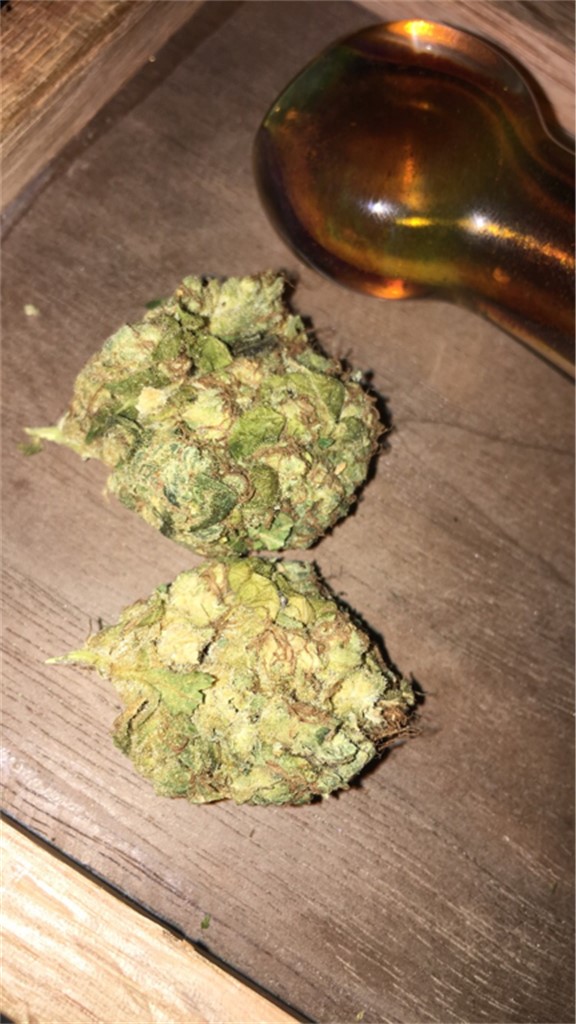Home Oxygen Therapy
Table of Content
- What features to look for in a home oxygen concentrator
- Choosing an Oxygen Concentrator
- Home oxygen therapy is safe as long as you always follow a few simple rules.
- Home Oxygen Systems
- Does insurance cover home oxygen concentrators?
- Facial Oxygen Spray Blackhead Skin Rejuvenation Hydro Jet skin Care Remover Whitening Facial Moisturizing Home Use
The second is, the liquid oxygen lasts a really long time as compared to the gas cylinders. In the cylinder section above a prescription of 3 litres per minute would take about 3½ hours to deplete but the large liquid tank would take about 190 hours to empty. Of course, filling a portable tank several times between fills will reduce the time between refills. The use of medical oxygen in the home requires the use of fairly expensive oxygen systems to contain the oxygen properly to prevent its evaporation and provide for the safety of the user and others. These home oxygen systems are almost never purchased and the use of them is included in the cost of the oxygen. Home oxygen is usually paid for by one branch of the government or another and I've never known anyone to have had to pay for their oxygen use.

As an innovator of oxygen technology and portable oxygen equipment, we believe it is important to present sound, evidence-based data to support the use of our oxygen therapy devices. We have completed and published numerous reports focused on clinical data supporting Inogen oxygen concentrators. Most home oxygen concentrators offer continuous flow oxygen therapy, meaning the oxygen flows without stopping. Since portable oxygen concentrators really help improve the quality of life for people who use oxygen therapy, we ensure all our units are also available for direct purchase if desired. If you plan on running your home oxygen system for several hours a day, if not constantly, you may want to consider how this will affect your energy bill.
What features to look for in a home oxygen concentrator
Put the cannula in your nose and breathe through your nose normally. Check the oxygen gauge on the tank to be sure you have enough. 10 Tips to Protect Yourself from Unhealthy Air Read our simple and effective tips for protecting you and your family from the dangers of air pollution.

The biggest disadvantage of liquid oxygen systems is the oxygen will eventually warm up and evaporate even if not used. If the user was to be away for 3 or 4 weeks it is likely the liquid oxygen tank would be either empty or almost empty on their return. Your tax-deductible donation funds lung disease and lung cancer research, new treatments, lung health education, and more. The life of an home oxygen concentrator can vary due to a multitude of factors including humidity, elevation. The best way to elongate your concentrator's life is to take proper care of it. Refer to your owners manual for your specific unit's maintenance...
Choosing an Oxygen Concentrator
This content and its featured products and services were independently reviewed by a third-party, credentialed Reviews Team. If you make a purchase using the links included, our partners may earn a commission. For those who need to travel, we have a complete list of equipment approved for use in an airplane by the FAA .

Do not drink alcohol or take drugs that relax you, such as sleeping pills or sedatives, while using oxygen. Do not change the setting on your oxygen without talking to your doctor first. You can travel even though you use oxygen, but you'll need to plan ahead. Your wellbeing is how you manage the ups and downs of day-to-day life. Learn tips and find resources on how to support your mental wellbeing. Products displayed or discussed on this web site are presented to provide examples of products discussed and are not specifically endorsed by mobilitybasics.ca.
Home oxygen therapy is safe as long as you always follow a few simple rules.
For example, the amount of oxygen on a pulse-dose setting of 3 on one device might differ from that of 3 on another device. Therefore, looking at the oxygen delivery with each setting on all concentrators you consider is critical. Portable oxygen concentrators offer in-home and out-of-the-home oxygen. They’re smaller and lighter than HOCs, making them ideal for physical activities and travel.
Oxygen tanks are filled with a finite amount of compressed oxygen and need to be refilled or replaced when the oxygen runs out. With up to a 10-hour battery life, a portable oxygen concentrator can help you spend more time with your family and friends, enjoy longer outings around town, and even travel overseas. Before deciding on a machine, understand how much oxygen you’ll need and whether you require continuous flow or pulse dose oxygen delivery. Understanding your supplemental oxygen needs is crucial for choosing a suitable machine. Since oxygen concentrators “make” oxygen, you won’t run out. Whereas, oxygen tanks only have a certain amount of oxygen, running out eventually.
Most POCs deliver oxygen by pulse dose, so you’ll get oxygen on inspiration with each breath, utilizing the unit’s breath-detection technology. However, some POCs offer pulse dose and continuous flow oxygen. If an individual has low oxygen levels in their body, which usually happens due to respiratory disorders. The machine completely works on electricity and concentrates the oxygen from the room air itself. We are a prominentOxygen Concentrator Manufacturers for Home Use in canada. Oxygen concentrators are a less expensive option than pure oxygen from a tank because all it takes to get an oxygen flow is a power source.

Home oxygen concentrators separate oxygen from room air and do not store oxygen. The room air is drawn into the concentrator, cleaned by passing through a filter and then the oxygen is separated from the room air and concentrated into almost pure oxygen. While the purity of concentrator oxygen is not as good as liquid or gaseous oxygen it usually works as well for those who need it.
First, most home oxygen concentrators are able to provide a constant supply of oxygen without stopping. Portable oxygen concentrators may have that option, but they often deliver oxygen through “pulse flow,” which means the oxygen is delivered every time you take a breath. Home oxygen concentrators are also powered by electricity only, whereas portable oxygen concentrators will also have the option to use battery power.
The vast majority of oxygen users are prescribed dosages between 1 and 5 liters per minute. The largest commercially available home concentrator delivers 10 liters per minute. Although it is fairly rare, patients needing over 10 liters per minute can bundle units together for increased oxygen delivery. You can save money by buying used home oxygen machines instead of new ones. At the Oxygen Concentrator Store, used machines can cost between $395 and $1,500. Prices may start as low as $35 per day and go up to $200 per week.
Comments
Post a Comment